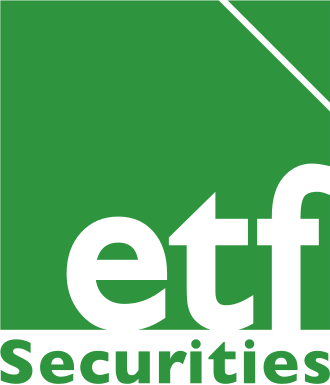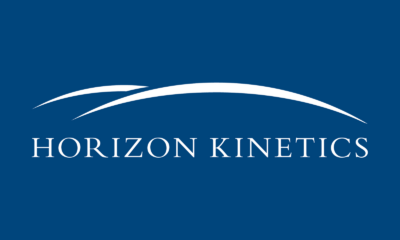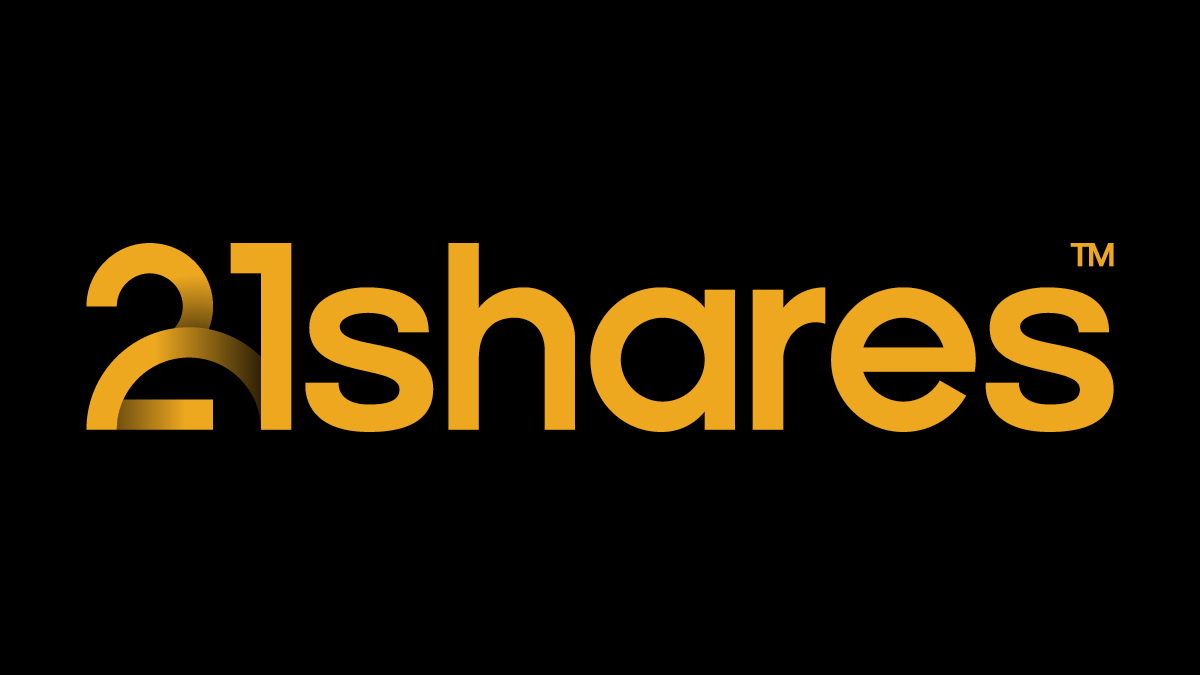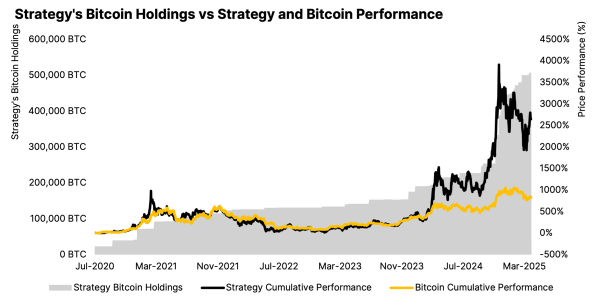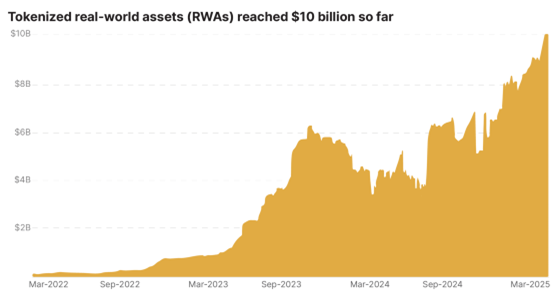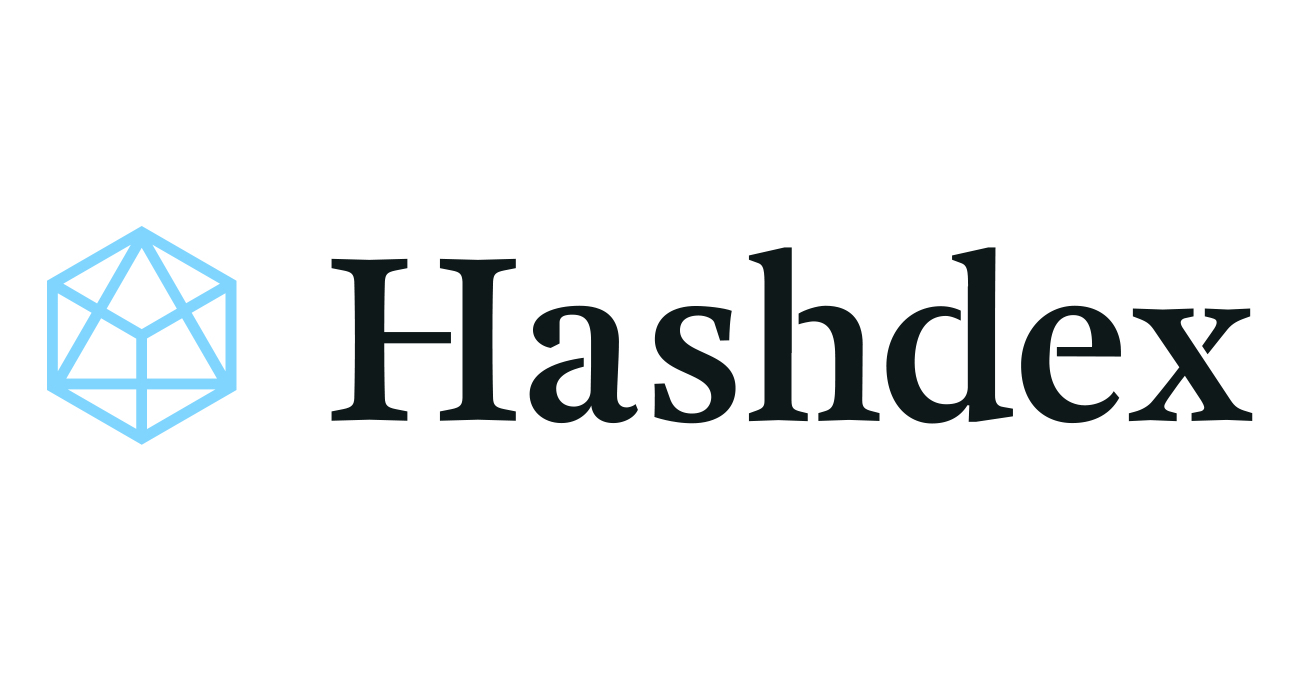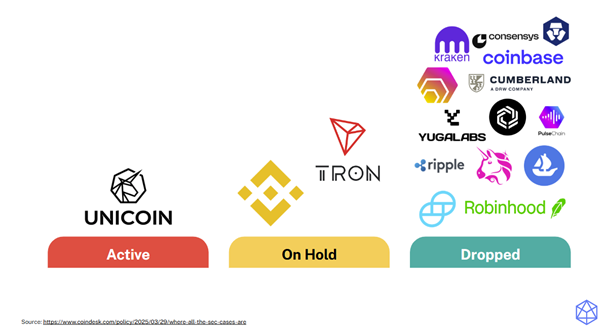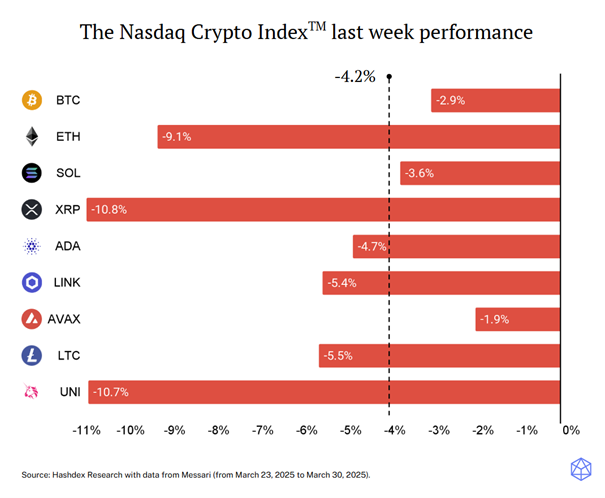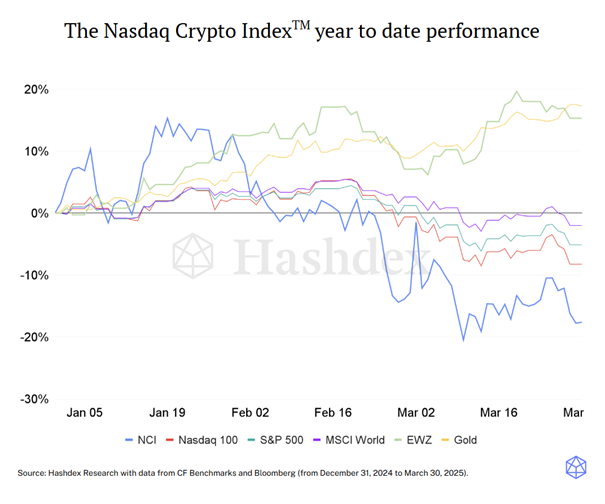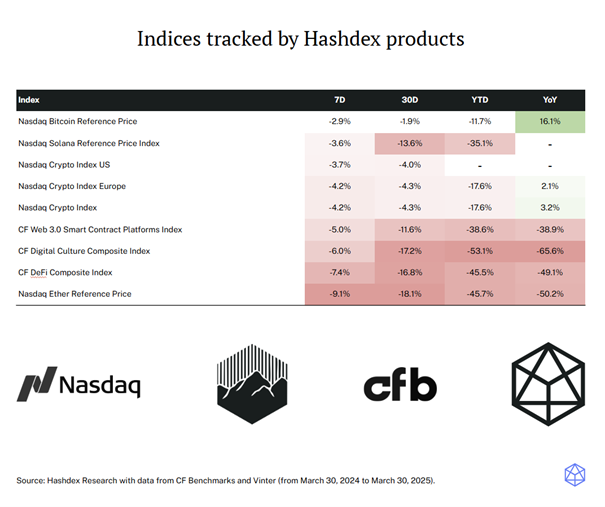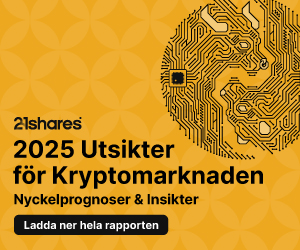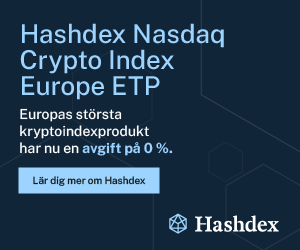ETF Securities Portfolio Insights – The potential benefits of real assets in a portfolio
Highlights
- Up 1.4% since the end of 2015, the surge in US inflation benefitted most to commodities, up 16.3% on average, followed by natural resources stocks with 6.2%.
- Following its rally in 2017, the upside potential of equities is questioned for 2018. Our simulated real asset portfolio allows for higher diversification and lower downside risk.
- Based on historic simulations, an allocation of 20% in the real asset portfolio from a portfolio of 60% equities and 40% bonds increased the Sharpe ratio to 0.58 from 0.54 for the 60/40 benchmark.
In November 2016, we published an article showing how a portfolio of real assets would benefit from a rising inflation environment and improve the Sharpe ratio of a traditional portfolio of equities and bonds. In this note, we are looking back at how the simulated portfolio has performed and provide an analysis of the inflation situation for the year ahead.
Inflation over the past two years
Headline inflations for the US, UK and EU jumped by 1.8% on average since the end of 2015, with the UK reaching the highest level at 3% in December 2017. Core inflations, on the other hand, were mixed. In the UK, core inflation rose 1.1% since December 2015 while EU core inflation was flat and US core inflation fell. This highlights the substantial contribution of the food and energy component in the headline inflation rally, up 1.7% for the UK and the US and 1.2% for the EU.
So far, out of the major central banks, only the US Federal Reserve (Fed) has started tightening its monetary policy and increase interest rates. The European Central Bank (ECB) and Bank of England (BOE) remain on a wait and see mode as both economies remain subject to substantial uncertainties amidst Brexit. While markets have priced in the Fed’s three rate hikes for 2018, we believe they are still underestimating the potential of a policy mistake in a situation where US inflation overshoots and the economy overheats. With inflation in the US, UK and EU highly correlated to each other, we believe headline inflation will likely stabilise around their current levels for 2018.
Interestingly, half of the top 20 performers since the end of 2015 are equity stocks while the other half, with the exception of one, belongs to commodities and more specifically metals for the most part. Mining stocks have seen the best performance, up 133% non-annualised, followed by palladium (90%) and the basket of industrial metals (56%). Miners saw their earnings rise again after mid-2016. Capex growth also turned positive, potentially signalling the beginning of a new business cycle that could last for the next two to three years.
However, data since 1991 show that…
Among the real assets that perform best when US, EU and UK inflation rises, commodities represent nearly 40%, while infrastructure and real estate represent 30% and 17% respectively. Natural resources stocks and inflation-linked bonds making up for the remaining 13%.
Interestingly, the same analysis with EU inflation shows that inflation benefits mostly to infrastructure and real estate assets while rising UK inflation would push inflation-linked bonds to the top five.
The simulated real asset portfolio
The real asset portfolio we created in November 2016 has 10 constituents weighted equally: 3 baskets of commodities (broad, energy and agriculture), gold, platinum, global REITs and global real estate stocks, US energy MLPs, global infrastructure stocks and cash.
Since November 2016, the simulated real assets portfolio continues to lead inflation as illustrated below. Recent trend of the portfolio returns suggests that the inflation rally is likely over, remaining around its current level in the near term.
Equity as an asset class had an strong year in 2017, supported by positive economic data across the world and there are several indicators that the market has confidence that it will continue. The MSCI World index, used as a proxy for equities, rose by 33% since the end of 2015 compared to 7.7% for the bond index (the Barclays Capital Global Bond) and 17% for the simulated real assets portfolio. We, however, observe that overall, the real assets portfolio is less volatile than the MSCI World index and therefore has a better risk-adjusted return of 0.34 versus 0.30 for the equity index.
Starting from January 2018, we are replacing the basket of agriculture with the basket of industrial metals in order to reflect our bullish view on the sector for 2018. We had our call right for 2017 and we believe that metals with industrial applications will continue to benefit from rising economic activities across the world and more specifically from emerging markets.
Real assets contribution to a simulated portfolio of equities and bonds
As a reminder, by adding 20% of a portfolio of 60% equities and 40% bonds in the simulated real assets portfolio, the resulting simulated portfolio with real assets has 50% in equities, 30% in bonds, 10% in commodities, 4% in real estate, 4% in infrastructure and 2% in cash. Both portfolios rebalance once a year in January.
Following the recent equity rally, the simulated portfolio with real assets is underperforming the 60/40 benchmark by 0.2% per year since 2006. It is, however, less volatile, provides better protection from the downside risk and recovers faster to its previous peak. As a result, the simulated portfolio with 20% in real assets is better diversified than the benchmark, improving the Sharpe ratio from 0.54 with the 60/40 benchmark to 0.58
For more information contact:
Catarina Donat Marques
ETF Securities (UK) Limited
T +44 20 7448 4386

 Nyheter1 vecka sedan
Nyheter1 vecka sedan
 Nyheter3 veckor sedan
Nyheter3 veckor sedan
 Nyheter1 vecka sedan
Nyheter1 vecka sedan
 Nyheter3 veckor sedan
Nyheter3 veckor sedan
 Nyheter4 veckor sedan
Nyheter4 veckor sedan
 Nyheter2 veckor sedan
Nyheter2 veckor sedan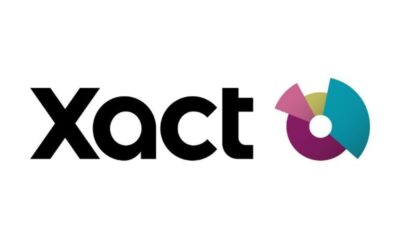
 Nyheter4 veckor sedan
Nyheter4 veckor sedan
 Nyheter1 vecka sedan
Nyheter1 vecka sedan
